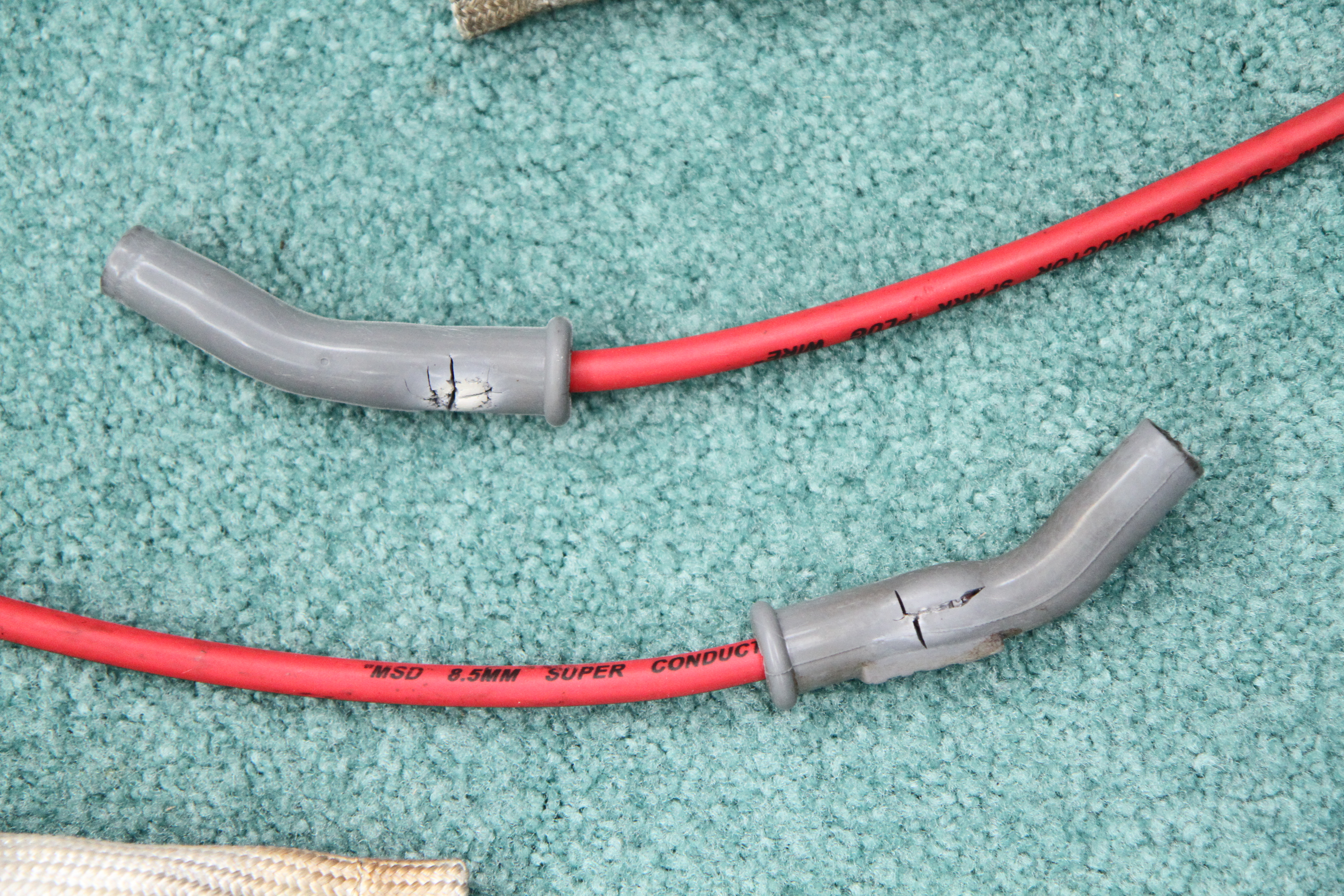
Image: sparkplugsz.com
A Journey into the Heart of Your Engine’s Ignition
A spark plug wire boot is a critical component of your vehicle’s ignition system, responsible for delivering electrical impulses with precision and reliability. When this small, yet crucial, component fails, it can wreak havoc on your engine’s performance, leading to misfiring, rough idling, and even engine failure.
This detailed guide will equip you with the knowledge and skills necessary to diagnose and repair a spark plug wire boot, ensuring that your engine runs smoothly and efficiently.
Understanding the Spark Plug Wire Boot
A spark plug wire boot, also known as an insulator boot or ignition boot, plays the vital role of connecting the spark plug wire to the spark plug. Its primary function is to provide electrical insulation, preventing current leakage and short circuits, while also protecting the connection from moisture, heat, and other potential hazards.
Over time, due to factors such as age, heat, and vibration, spark plug wire boots can become damaged, leading to a range of issues. These issues can manifest as spark arcing, misfires, power loss, and engine damage if left unattended.
Diagnosing a Spark Plug Wire Boot Issue
Identifying a faulty spark plug wire boot requires a keen eye for detail and a thorough understanding of the symptoms. Common signs of a problem include:
- Visible cracks, tears, or burns on the boot’s insulation
- Arcing or sparking around the boot connection
- Loose or disconnected boot from the spark plug
- Rough idling, misfires, or engine stalling
If you suspect a spark plug wire boot issue, it’s essential to inspect all the boots thoroughly. You can use a flashlight to check for cracks or other damage. Remove any loose boots and look for signs of corrosion or damage on the connection points.
Repairing a Spark Plug Wire Boot
Before attempting any repairs, ensure that your vehicle is turned off and has fully cooled down. The process of repairing a spark plug wire boot involves the following steps:
- Safety First: Disconnect the battery’s negative terminal to prevent electrical shocks.
- Locate the Faulty Boot: Carefully inspect each spark plug wire boot, looking for visual damage or loose connections.
- Remove the Damaged Boot: Use a pair of pliers or a spark plug boot puller to gently twist and pull the damaged boot off the spark plug.
- Clean the Connection: Use a wire brush or a clean cloth to remove any dirt or corrosion from the spark plug and wire terminals.
- Apply Dielectric Grease: Apply a thin layer of dielectric grease to the spark plug and wire terminal to ensure proper conductivity and protection.
- Install the New Boot: Gently push the replacement boot onto the spark plug and twist it into place until it feels secure.
- Check Connections: Ensure that all spark plug wire boots are securely connected to the spark plugs and wire terminals.
- Reconnect the Battery: Reconnect the negative battery terminal to complete the repair.
Additional Tips for Success
- Use high-quality spark plug wire boots to ensure durability and performance.
- Replace all spark plug wire boots every 50,000-60,000 miles or as recommended by your vehicle’s manufacturer.
- Keep the ignition system clean and free of debris to prevent damage to spark plugs and wire boots.
- If you’re not comfortable performing the repair yourself, it’s advisable to consult with a qualified mechanic.
Conclusion
By understanding the importance of spark plug wire boots and following the steps outlined in this guide, you can confidently diagnose and repair this critical automotive component. By ensuring that your vehicle’s ignition system is operating at its peak efficiency, you can enjoy years of reliable performance and peace of mind behind the wheel.

Image: www.youtube.com
How To Fix Spark Plug Wire Boot